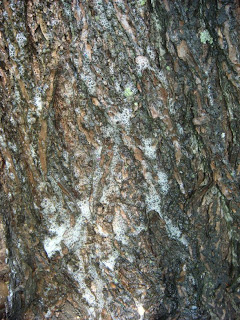Animals in Winter: Snowshoe Hare
The snowshoe hare, also known as the varying hare, is
another animal that remains active throughout the winter. This animal’s color
changes from brown to white in the winter in order to blend in with its
surroundings. In the spring, the hare’s fur changes back to brown during a
six-week molting period. The color change is spurred by the amount of sunlight the
hare is exposed to.
The snowshoe hare has large back feet which allow it to
travel through deep snow. Unlike rabbits,
which give birth in underground dens, the snowshoe hare gives birth above
ground, and their young are born fully furred with their eyes open. These
adaptations make it easier for the hare to survive harsh winter conditions. The
size of their litters is connected to winter temperatures and snow
accumulation, with larger litters born during periods of high snow accumulation
and low temperatures.
In the winter, snowshoe hare feed on twigs, tender bark,
stems of berry bushes, and seedlings. They are active at dawn, dusk, and during
the night. During the day, they find shelter beneath logs, tree roots, or
ledges. Snowshoe hares use coniferous tree cover to reduce visibility. When
they travel for food, they move through softwood tracts so they can move
undetected.


.jpg)
.jpg)
Comments
Post a Comment
Feel free to let us know what you think.